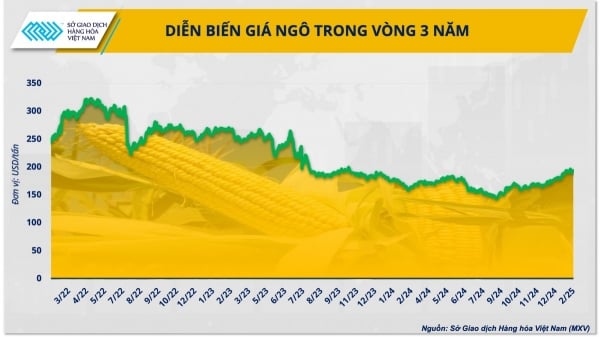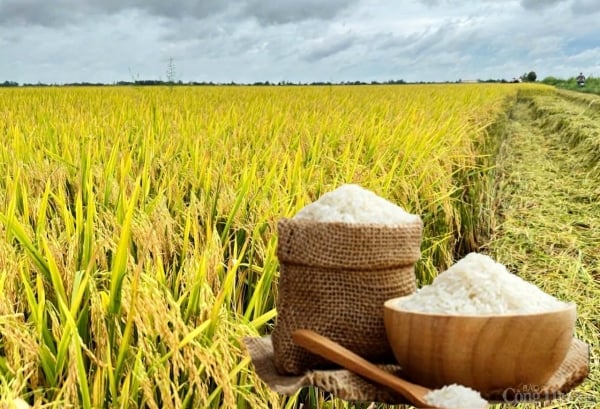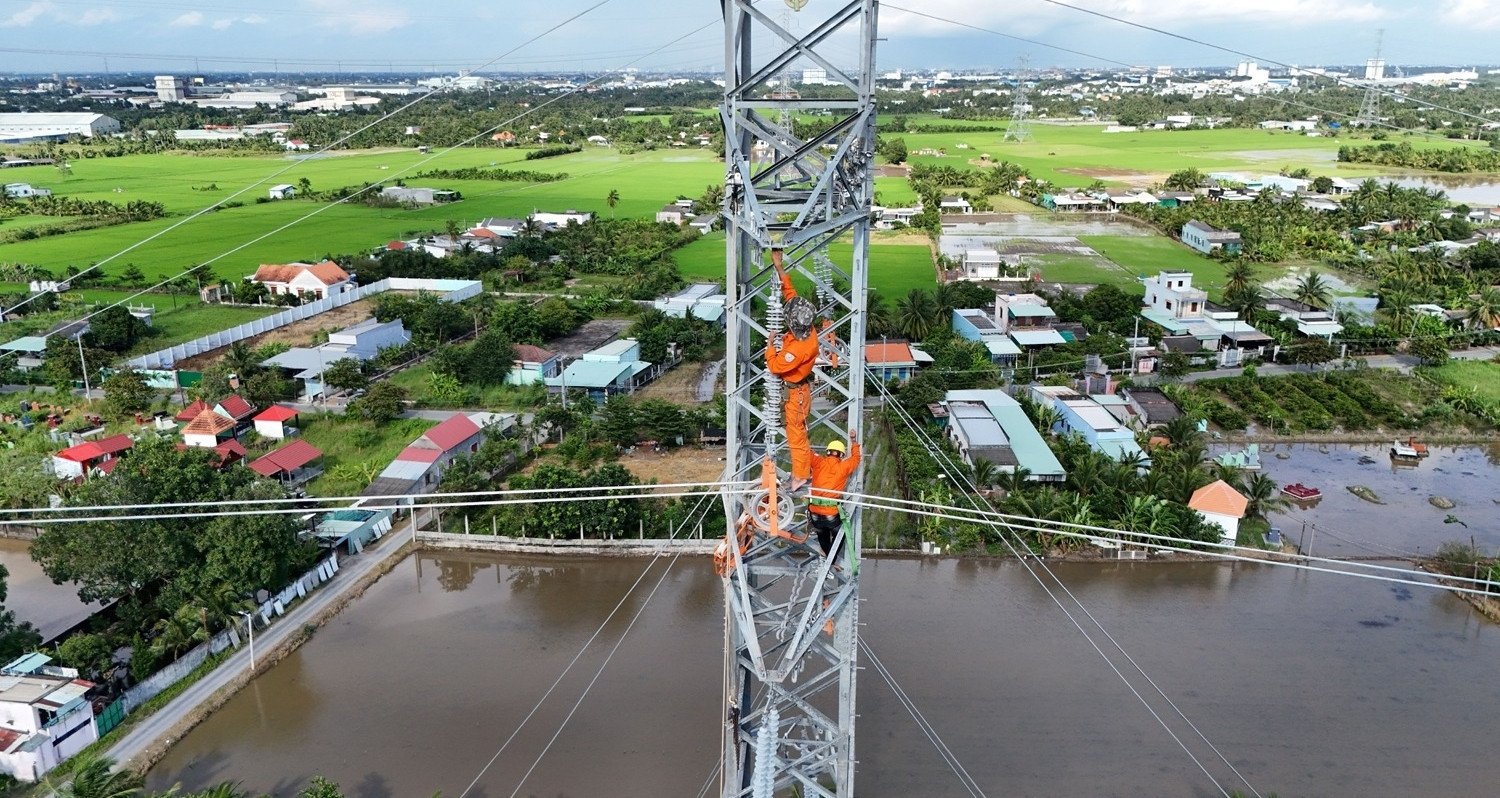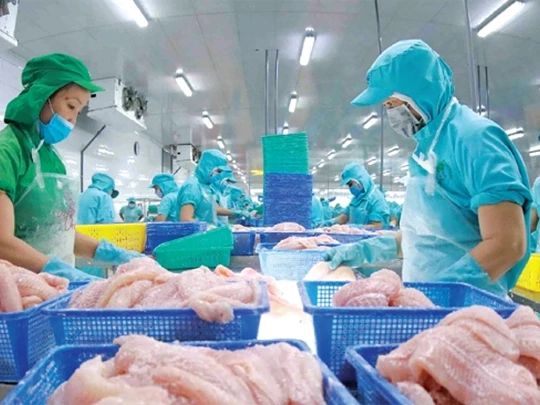DNVN - In the context of the fluctuating global trade situation, opportunities for the Vietnamese seafood industry seem to outweigh challenges. The problem is what Vietnamese businesses in the industry must do to adapt and make a breakthrough.
Opportunity to increase market share in the US
According to Ms. Le Hang - Communications Director of the Vietnam Association of Seafood Exporters and Producers (VASEP), Vietnam is considered to be in the top 4 countries most at risk of being affected by the new policies of the Trump administration. However, it is not yet possible to predict whether or not Vietnamese seafood will be subject to the new tax and when it will be applied, because it depends on many factors.
"However, with the US's moves towards China, Canada, and Mexico, there are some opportunities and challenges for Vietnamese seafood in the world market, mainly concentrated in the two markets of China and Canada," Ms. Le Hang acknowledged.
On February 1, the administration of US President Donald Trump imposed an additional 10% tax on all Chinese goods, opening a new round of trade tensions.
Given this new development, according to Ms. Le Hang, American businesses may turn to Vietnam to find seafood suppliers to replace the shortage of supply from China.
In addition, US businesses and other markets such as Japan, Canada, etc. will also seek seafood processing partners in Vietnam to export to the US. This is a good opportunity for Vietnamese seafood businesses.

Every year, the US imports seafood from China with a value of 1.6 - 2 billion USD. Of which, the focus is on fresh/frozen fish fillet products with a value of 1-1.4 billion USD (accounting for about 70%). In the group of fresh/frozen fish fillets imported from China to the US, tilapia accounts for the largest volume and value, followed by cod, salmon, etc.
The US’s imposition of an additional 10% tariff on imports from China could cause Chinese tilapia prices to continue to rise, which could reduce US demand. Therefore, more opportunities for pangasius are expected.
Opportunities to increase high-end seafood to China
According to Ms. Le Hang, the US imposing a 10% tax on Chinese products could lead to similar retaliation from China. Therefore, seafood imported from the US to China will be affected.
This context continues to benefit Vietnamese seafood, promoting stronger exports of fresh seafood to this market in 2025.
In recent years, China has dramatically increased its seafood exports to ASEAN countries, partly due to the US-China trade war, which has reduced its market share in the US, and partly because China has taken advantage of its geographical advantages and trade incentives, especially in the Thai and Malaysian markets. This trend will certainly continue in the coming time when the trade conflict with the US increases and the instability with Japan has not been resolved.
However, the US still accounts for a significant proportion (about 19-21%) of China's seafood exports. Therefore, in addition to shifting exports to other markets, China will certainly have to rebalance its market share for its domestic market. Therefore, Vietnamese pangasius will have to compete with tilapia in the Chinese market.
"Opportunities seem to outweigh challenges. The Vietnamese seafood industry can seize and make a breakthrough if the supply of raw materials is good in both quantity and quality," said the Communications Director of VASEP.
Regarding US-Canada trade, the US imposition of a 25% tax on Canadian goods will reduce seafood exports, forcing Canada to shift to other markets. Vietnam can benefit when Canada increases its exports to it for processing and re-export. At the same time, Vietnam is also a partner in importing Canadian seafood for consumption and processing. However, this opens up opportunities for businesses while creating competitive pressure domestically.
Canada is also boosting exports to China, putting competitive pressure on Vietnamese seafood there. In addition, as its market share in the US declines, Canada will consume more domestically, possibly reducing imports from Vietnam.
In the context of the constantly changing international trade situation, Ms. Le Hang recommends that businesses need to develop contingency plans to avoid supply chain disruptions. Build sustainable and flexible supply channels, including domestic raw material sources and import raw materials when necessary to avoid shortages.
Update and grasp market information, flexibly adjust product-market structure in the new context. Always ensure the quality of exported seafood, transparency, and effective traceability to maintain reputation and increase market share in potential markets in 2025.
In addition, more investment is needed in deep processing to increase added value and expand market share, while avoiding anti-dumping duties and other tax barriers in this new context.
Minh Thu
Source: https://doanhnghiepvn.vn/kinh-te/phan-tich/thuong-mai-quoc-te-bien-dong-thuy-san-viet-co-the-but-pha/20250212060922982


























































Comment (0)